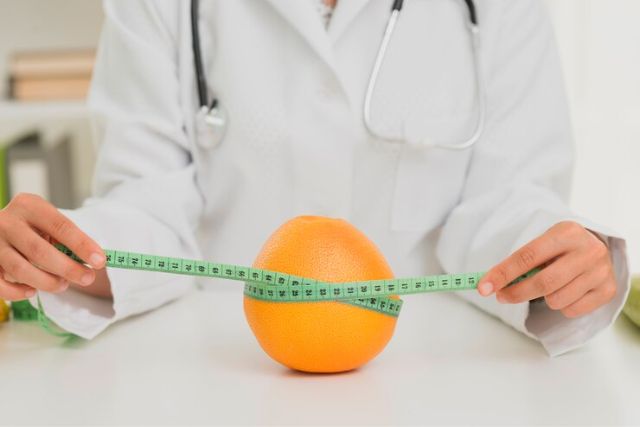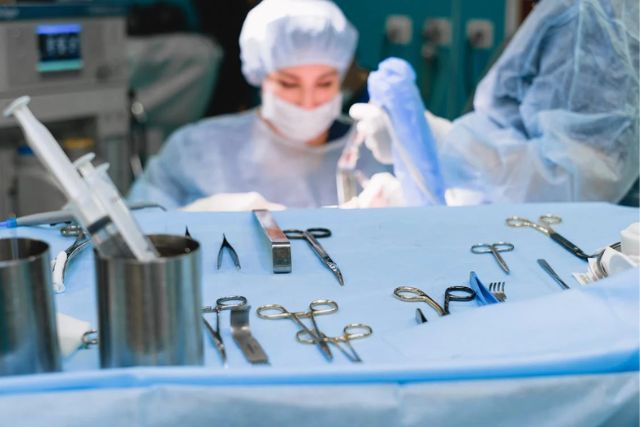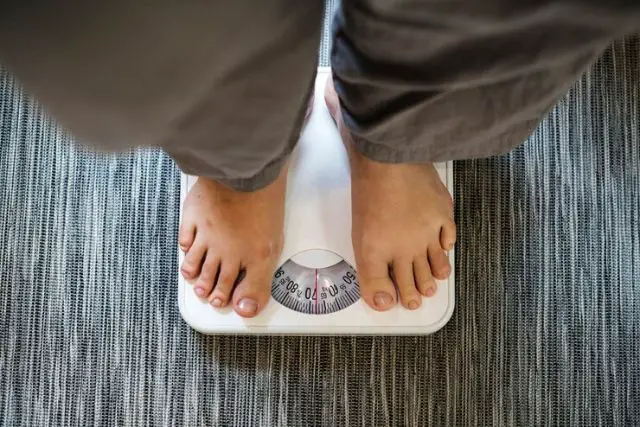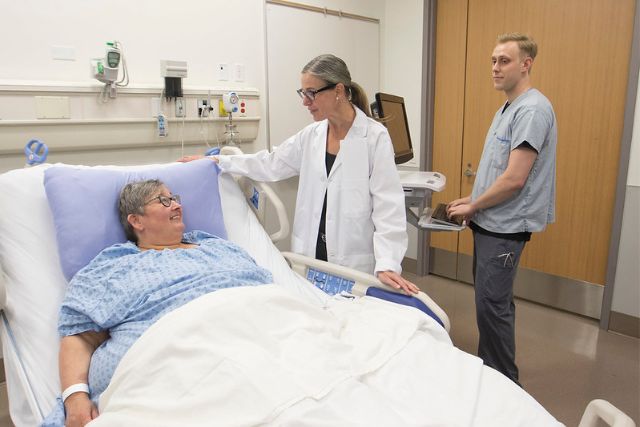Surgeons only perform weight problems surgery for severe, chronic obesity that cannot be managed with diet control and exercise alone. They perform this surgery on the stomach or intestine. Seriously obese those who have attempted other ways of fat loss are great candidates for weight problems surgery.
Weight Problems Surgery:

The primary goal of the surgical treatment is to lessen food consumption, which ultimately reduces weight. Some surgeries interrupt how meals are digested and absorbed. This reduces the intake of calories and vitamins, thereby decreasing the tendency to gain weight.
Weight Surgery:

Under normal conditions, what food you’re eating moves across the digestive system, and the digestive juices and enzymes assist in absorbing the calories along with other nutrients. Once the food reaches the stomach, strong chemicals aid digestion. The meal moves towards the small intestine, further digested by bile and other pancreatic juices. The small intestine typically absorbs iron and calcium. It progressively absorbs other nutrients. Food contaminants that are not digested within the small intestine are passed to the colon and then eliminated.
Weight Problems:

In weight problem surgery, medical professionals restrict food consumption. Additionally, they provide the individual with a lifelong food and exercise routine to follow. Surgeons perform this surgical treatment in four different ways.
Surgical Treatment:

Here are a few methods by which surgeons carry out this surgery:
Medical professionals place a small bracelet-type band around the upper stomach. They regulate the size of the opening by adjusting a circular balloon within the band. The medical team inflates or deflates this balloon mechanism with a saline solution according to the patient’s needs. This mainly lessens the intake of food and, therefore, fosters weight reduction.
2nd method:
The 2nd method produces a little pouch like the one above, and meals are sent from the pouch towards the small intestine. The stomach, upper intestine, and also the duodenum aren’t in touch with the meals. Thus, the modification of the way an intestine absorbs meals occurs.
In another way, most of the stomach is removed. The individual thus feels full sooner and eats less. The rerouting of meals ensures that most of the small intestine is bypassed.
Last Method:
Within the last method, the majority of the stomach is taken away. This greatly cuts down on the generation of the hormone that prompts appetite. These changes are suitable for existence. So, remember that after you have chosen this Surgery, there’s likely to be an eternity commitment in terms of food, diet, exercise, and overall lifestyle change. Make certain that you don’t skip them. They are essential because they bypass most of the digestive tract, resulting in poor food absorption. Moreover, this Surgery can help you maintain a healthy weight, provided you stay within the guidelines and follow all of the instructions provided by your physician religiously.
Similar Article: Battling With Weight Problems: The Outcome It May Cause On Body And Mind

